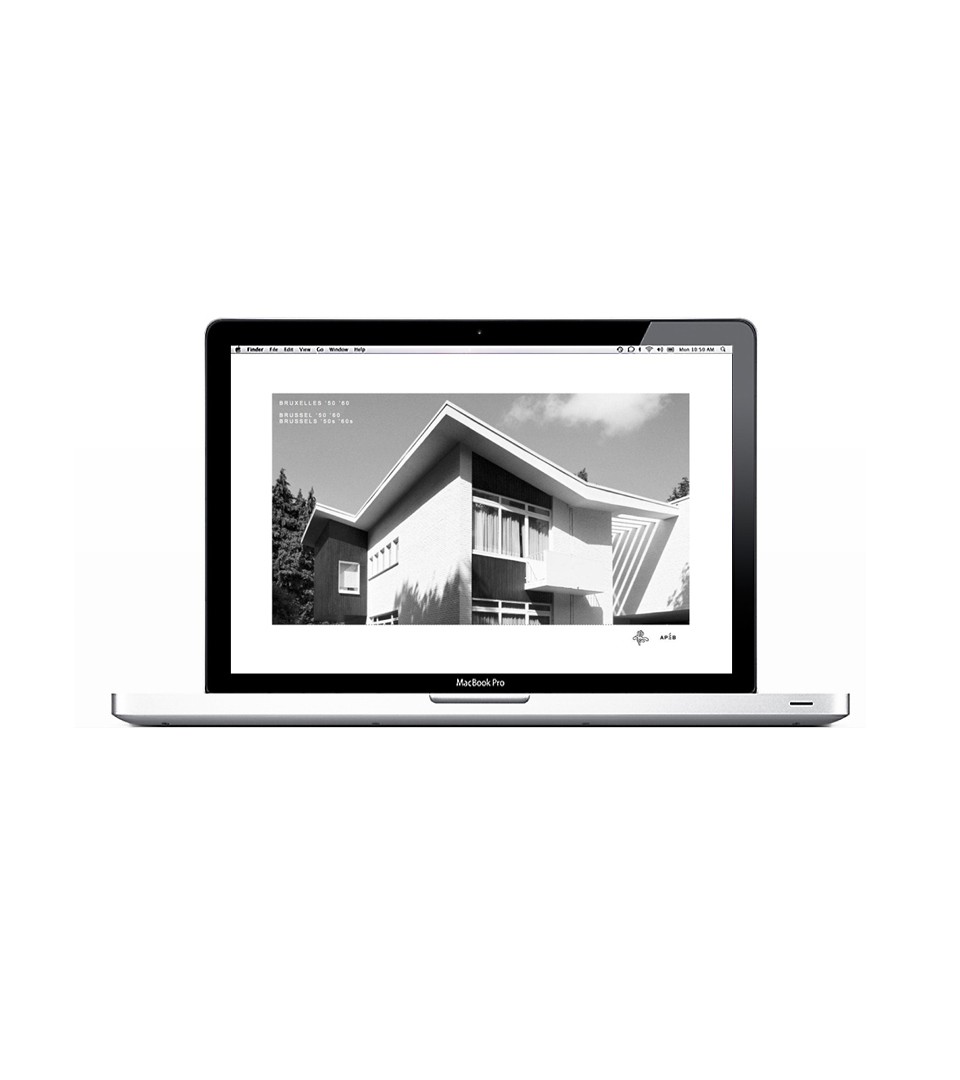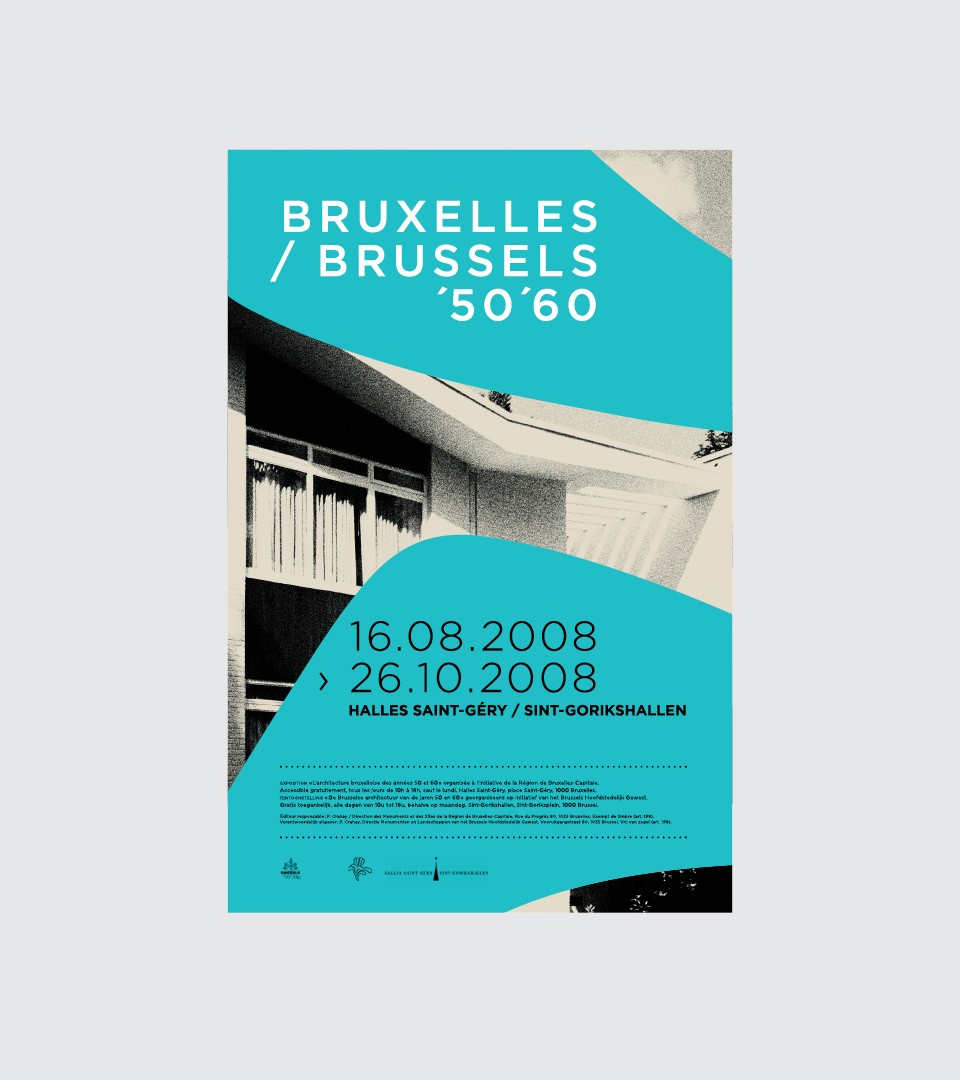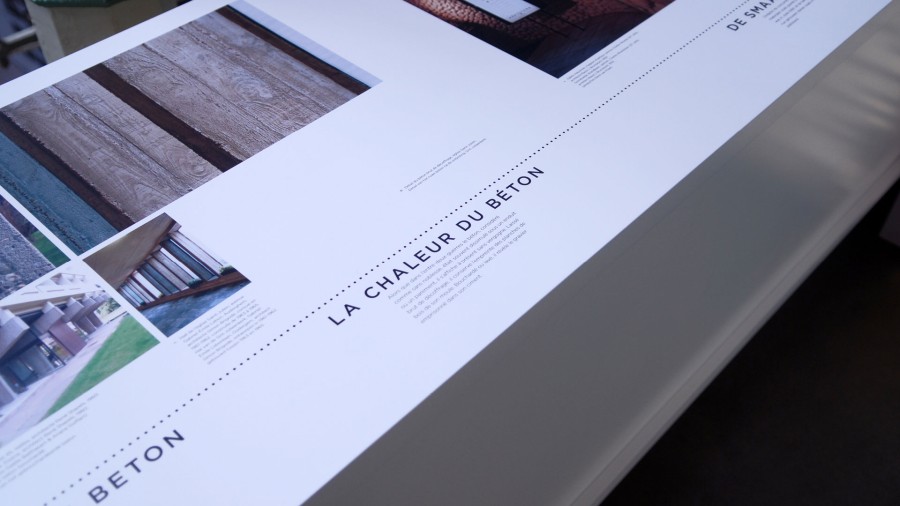
Brussels 50/60
Exhibition Design for Brussels Patrimoine
Exhibition design on modernism architecture in Brussels in the fiftees and sixtees. Rich in research, experimentation & cultural expression, our role was to model an exhibition space that would reflect the era of those creative years.

An exhibition about a specific architectural style and phenomenon
The architecture of the 1950s and 1960s has a bad reputation in Brussels. Falling victim to genuine construction fever, the heart of the city, at the time, loses whole districts to make room for vast, mostly soulless buildings. On the outskirts, new and rather dreary residential areas push the countryside bask into the distance. Nevertheless constructions of remarkable originality flourish on this morose backdrop. Driven by great optimism, architects go in search of a renewed modern style, enriched by transparency, poetry and colour. The exhibition invites to discover this little-known side of brussels.
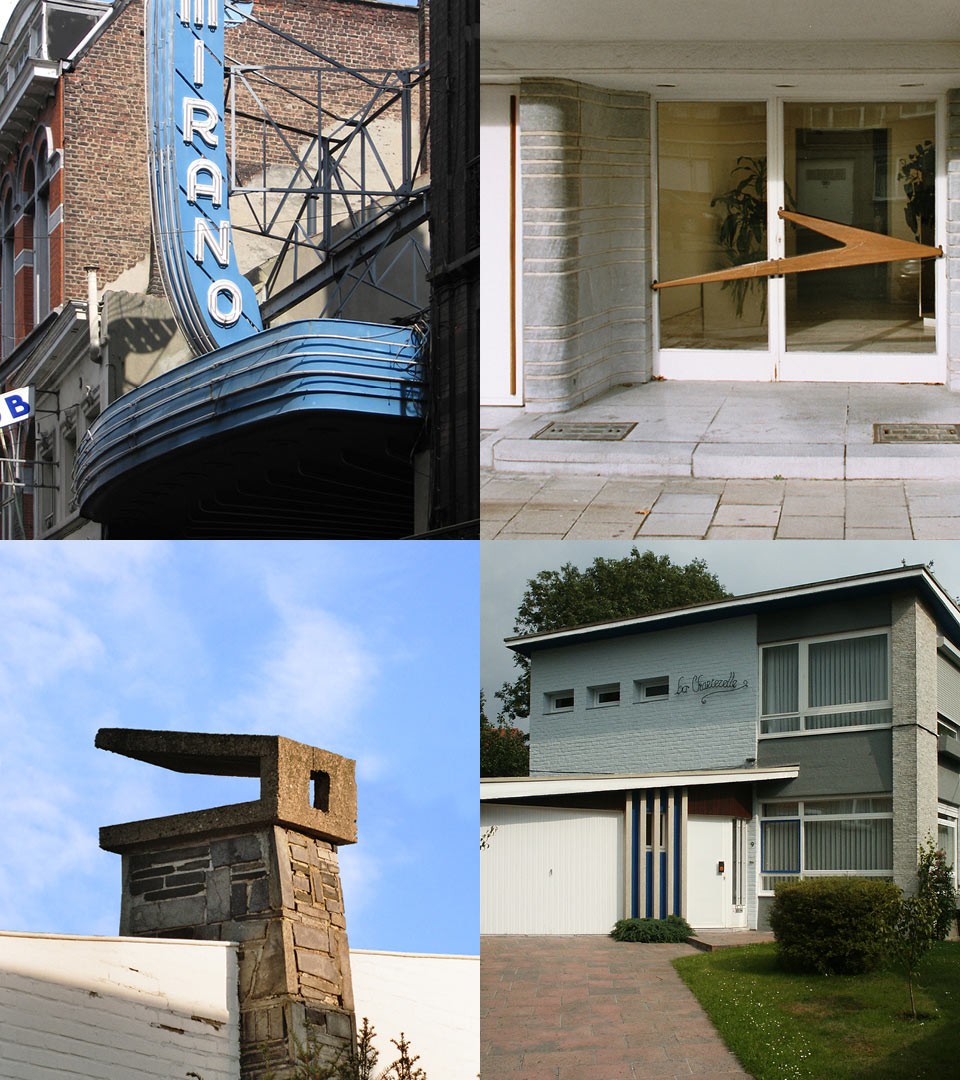
Modernism
Modernism appears in Europe after the first World War. The first actors of the movement have a militant approach. Convinced that human happiness requires a rationalisation of construction, they advocate functional architecture, in concrete, steel and glass with a radically bare aesthetic. The modern movement only truly gets a foothold in Belgium at the end of the 1930s. After the Second World War, it is accompanied by a significant renewal: purely functionalism percepts give way to desire to soften and humanise. New trends appear that present architecture which is on a human level.
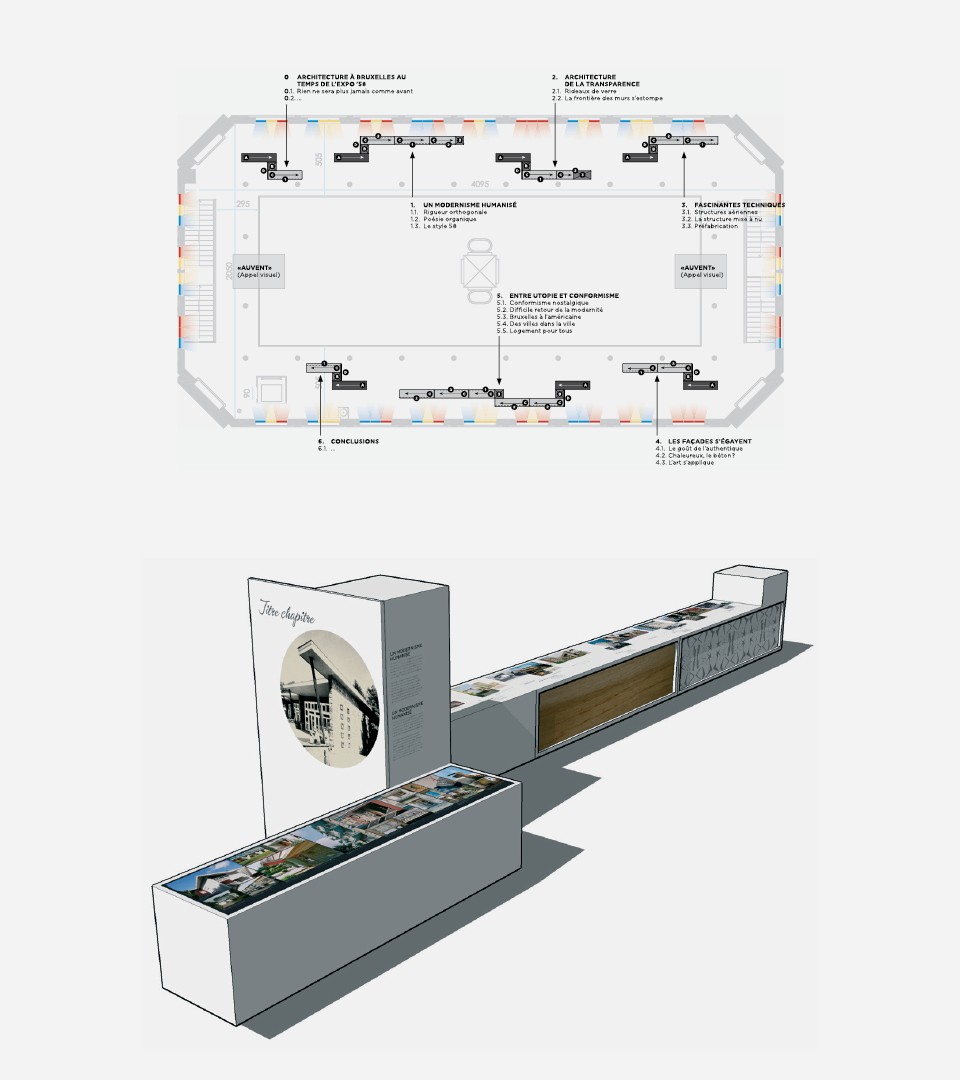
Concept, circulation and design
From entrance to way out, we have conceived an exhibition divided by a timeline and specific themes. Allowing us to create a space for visitors to navigate, the exhibition was designed as an open invitation to discover, at its personal pace and interests an era full of creativity.
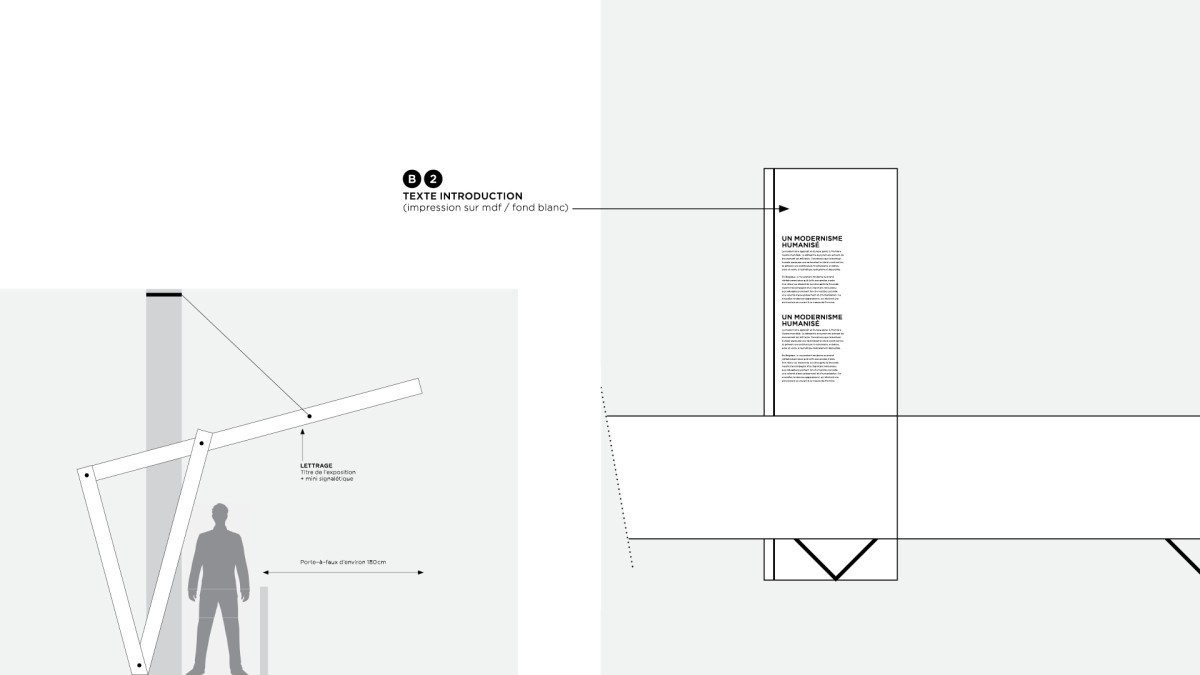
The design of the furniture exhibit was also inspired by the 50’s and 60’s furniture and architecture. As a reminder of those years, the furniture was conceived in steel and wood, and the forms were inspired by real Brussels locations.
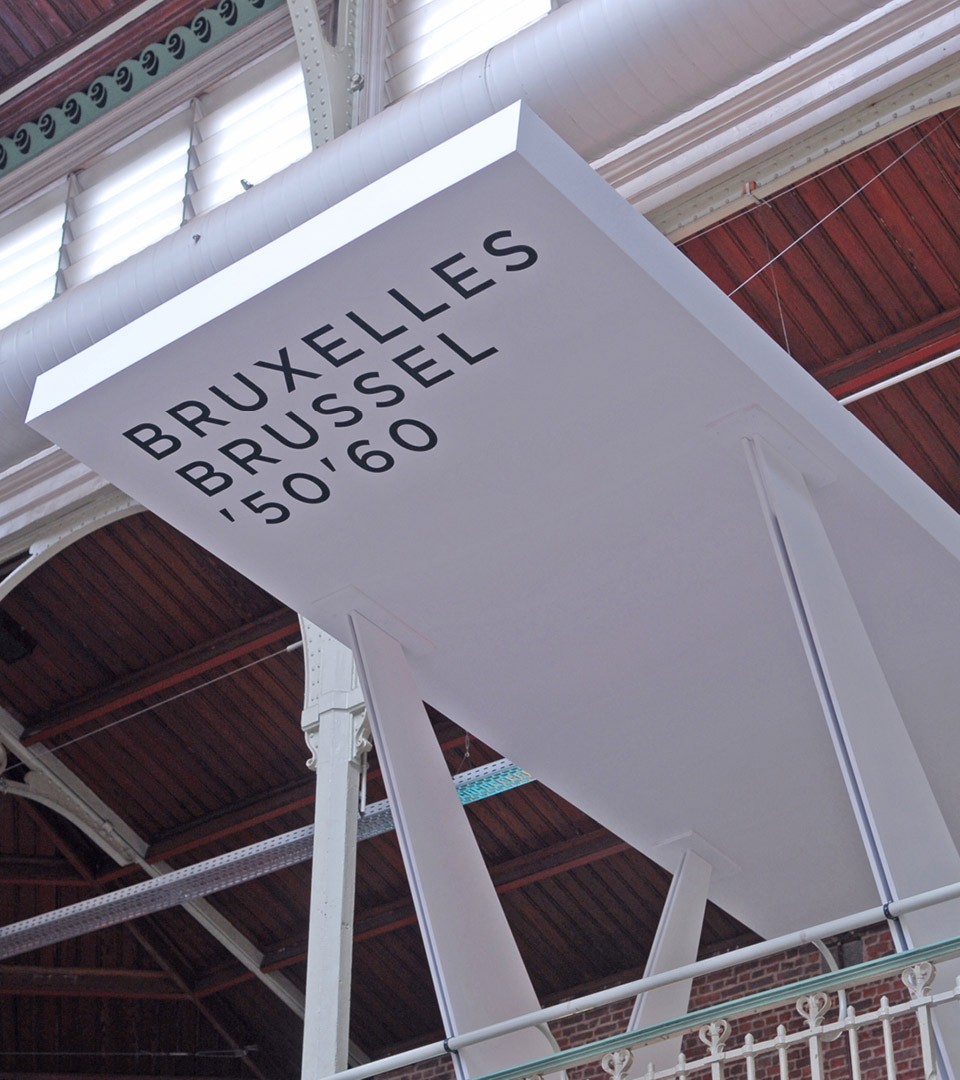
The Exhibition
Created and produced in less than three months, the exhibition design showed a diverse range of elements. Totems, boards, tables and lightboxes were asymmetrically aligned, providing perspectives and a playful space environment.
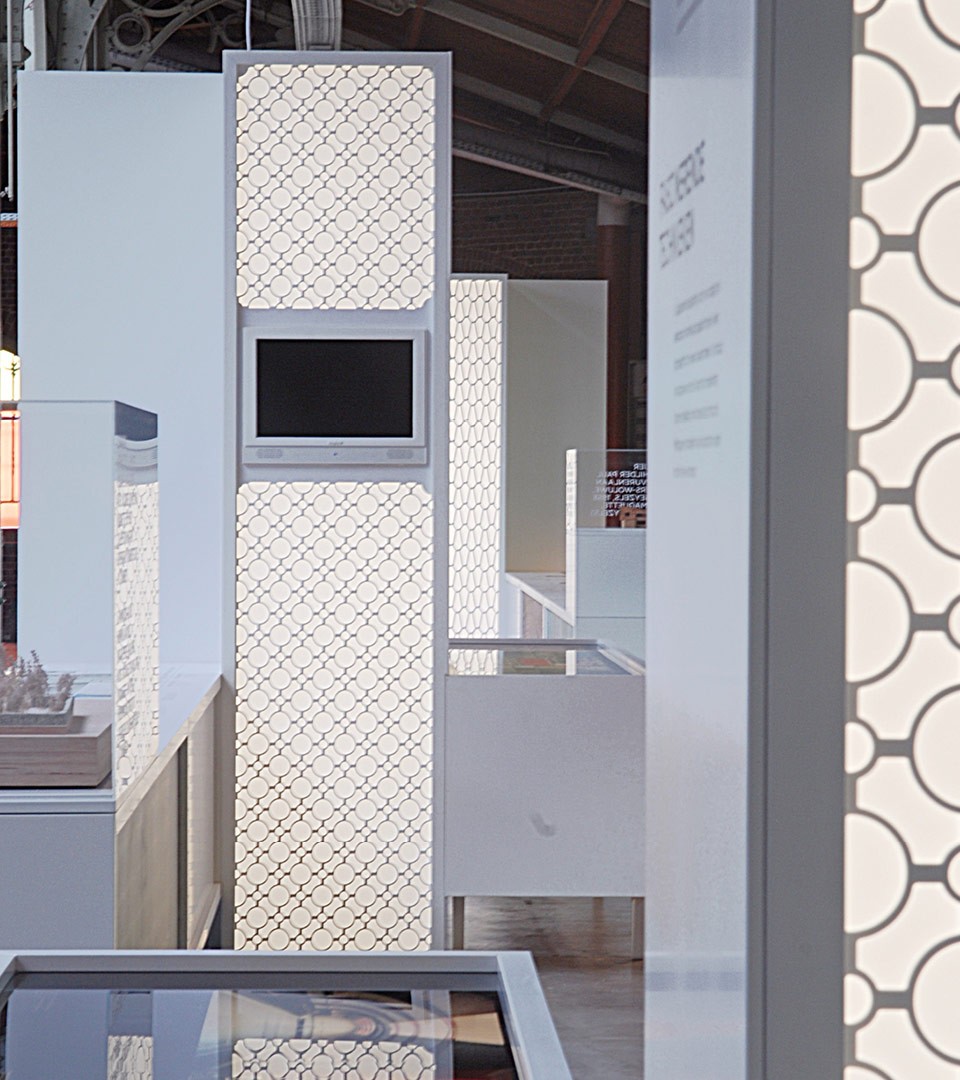
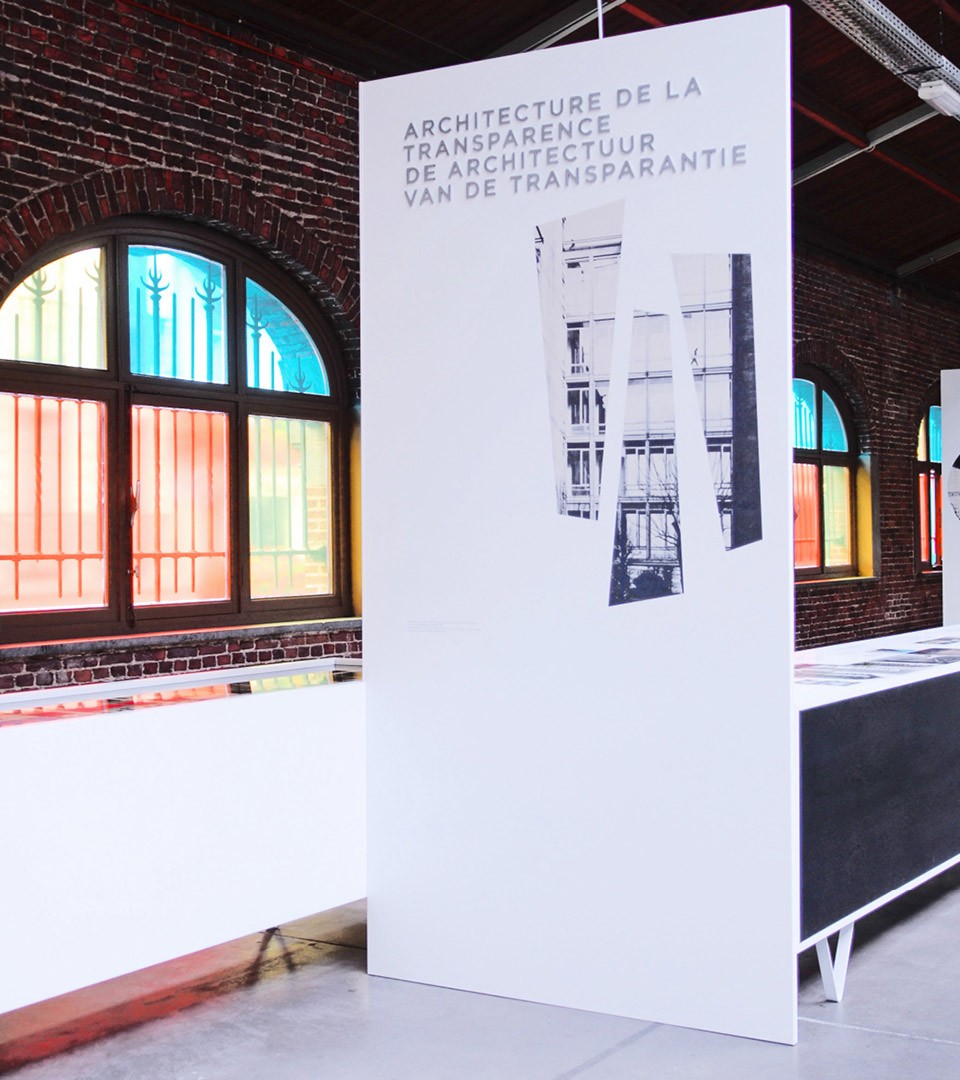
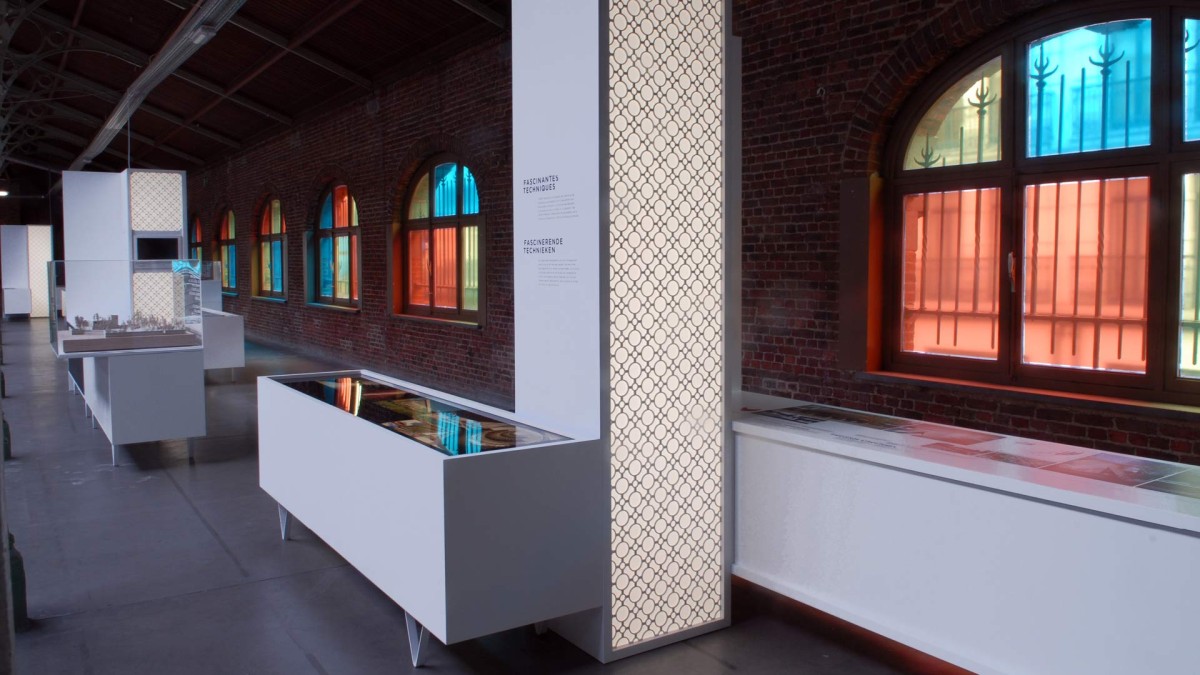
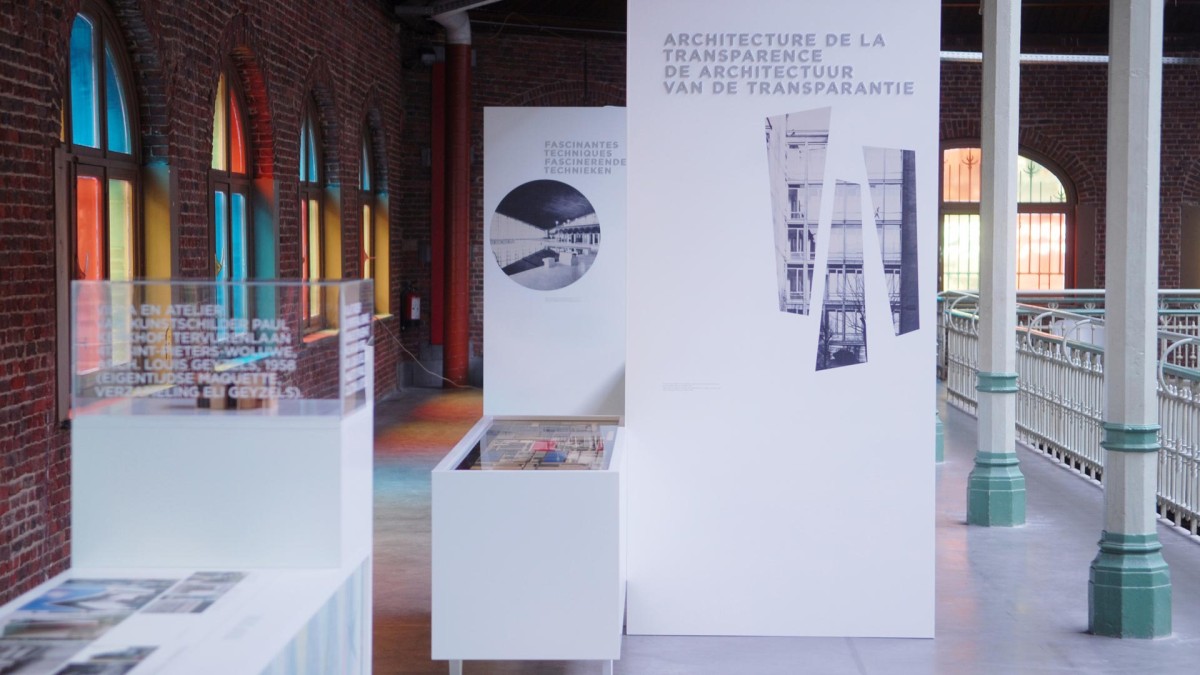
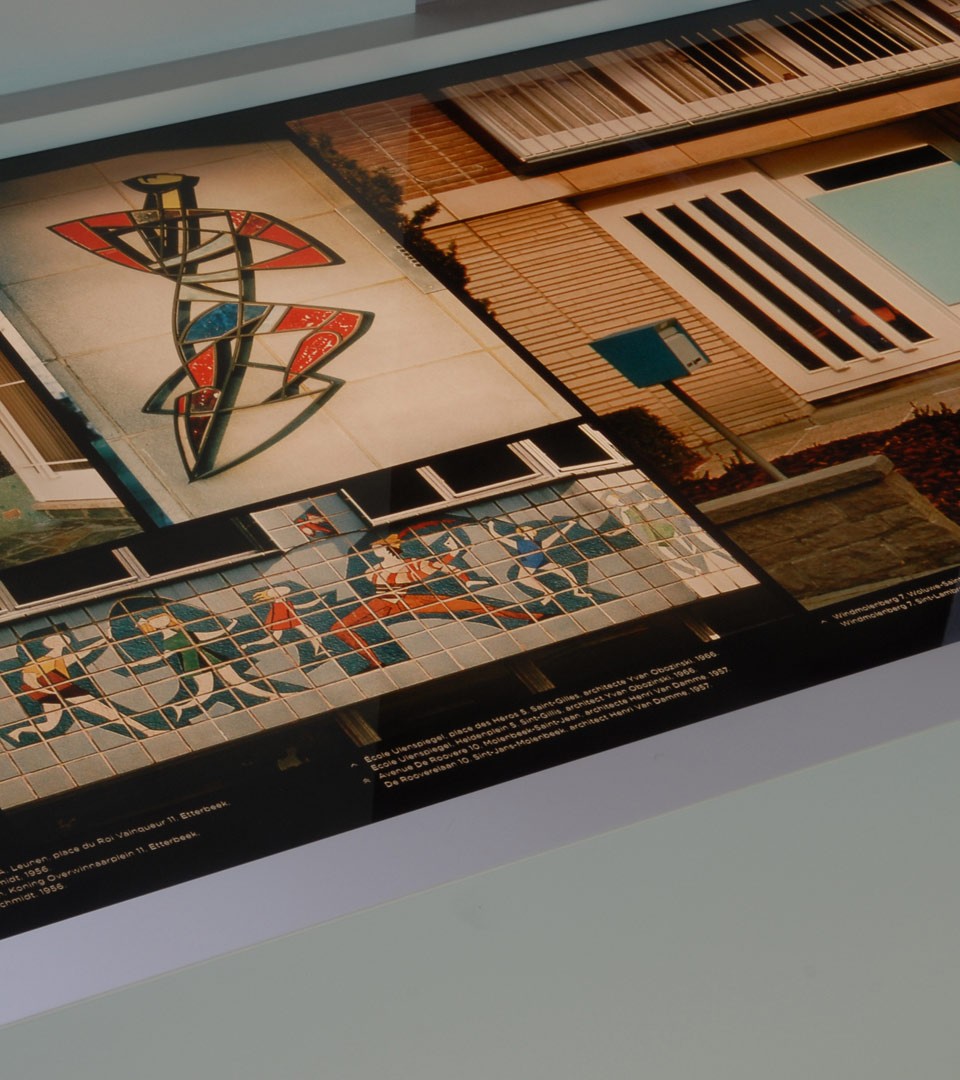
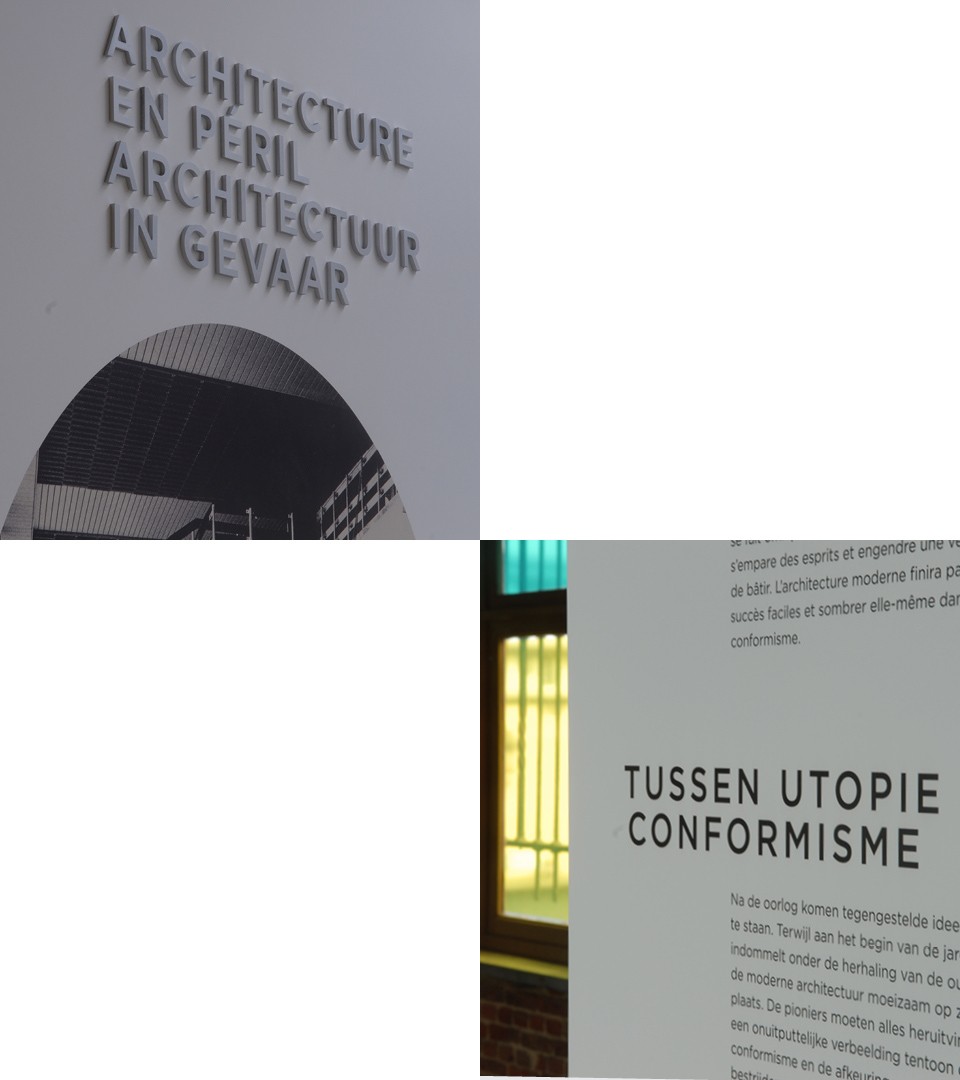
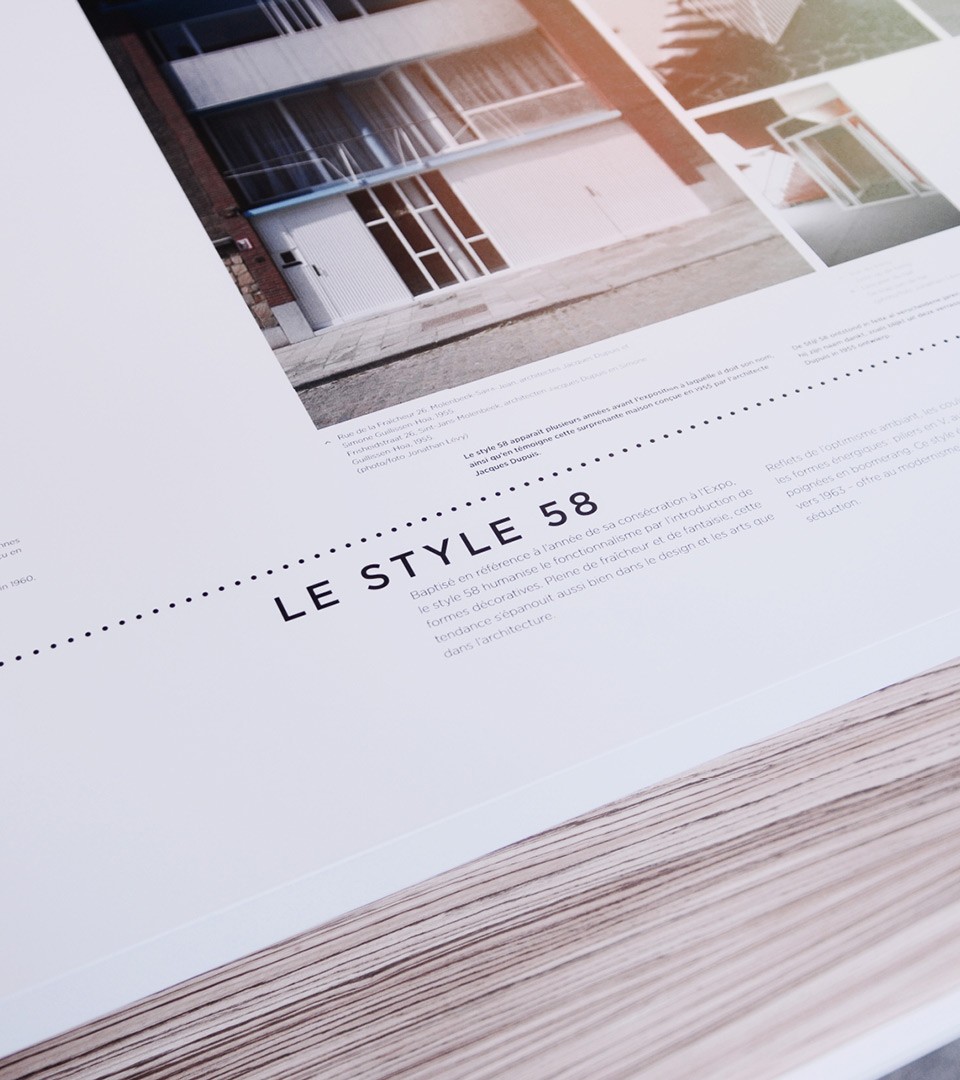
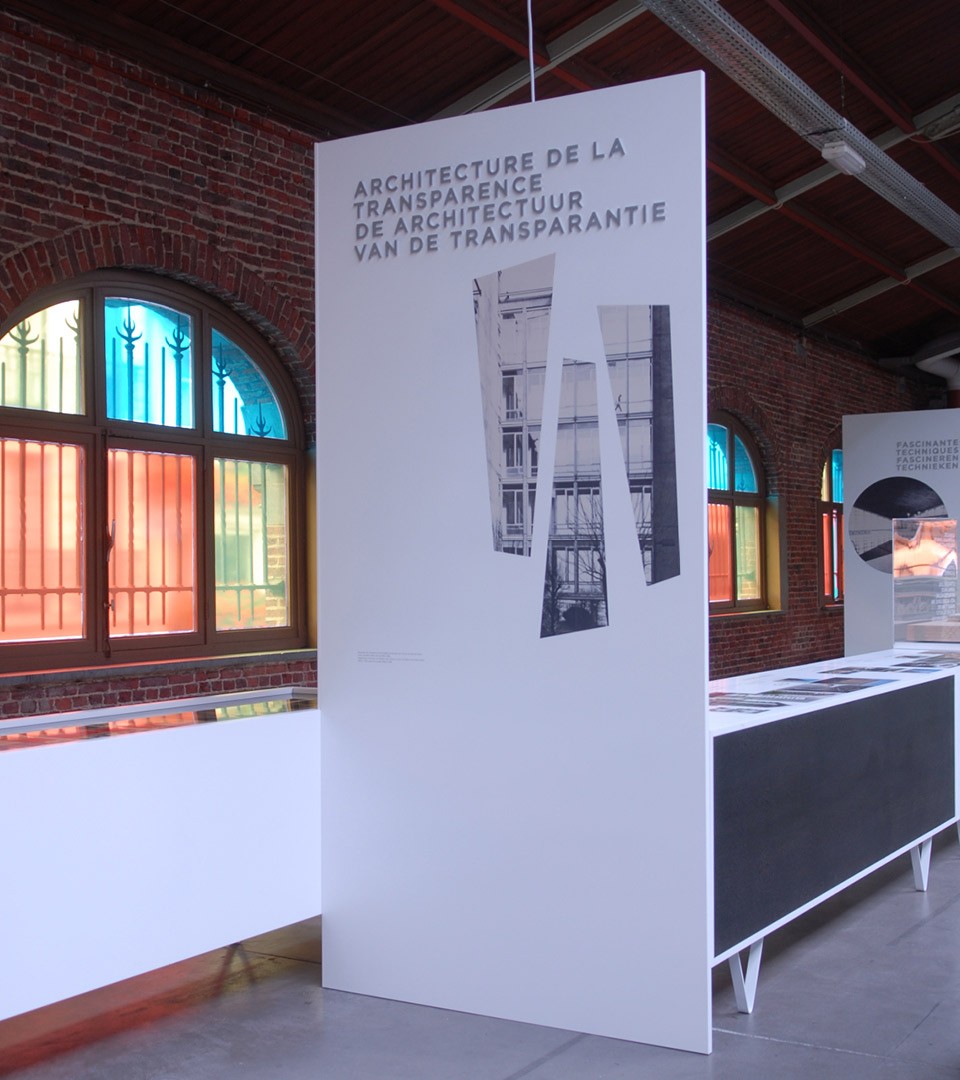
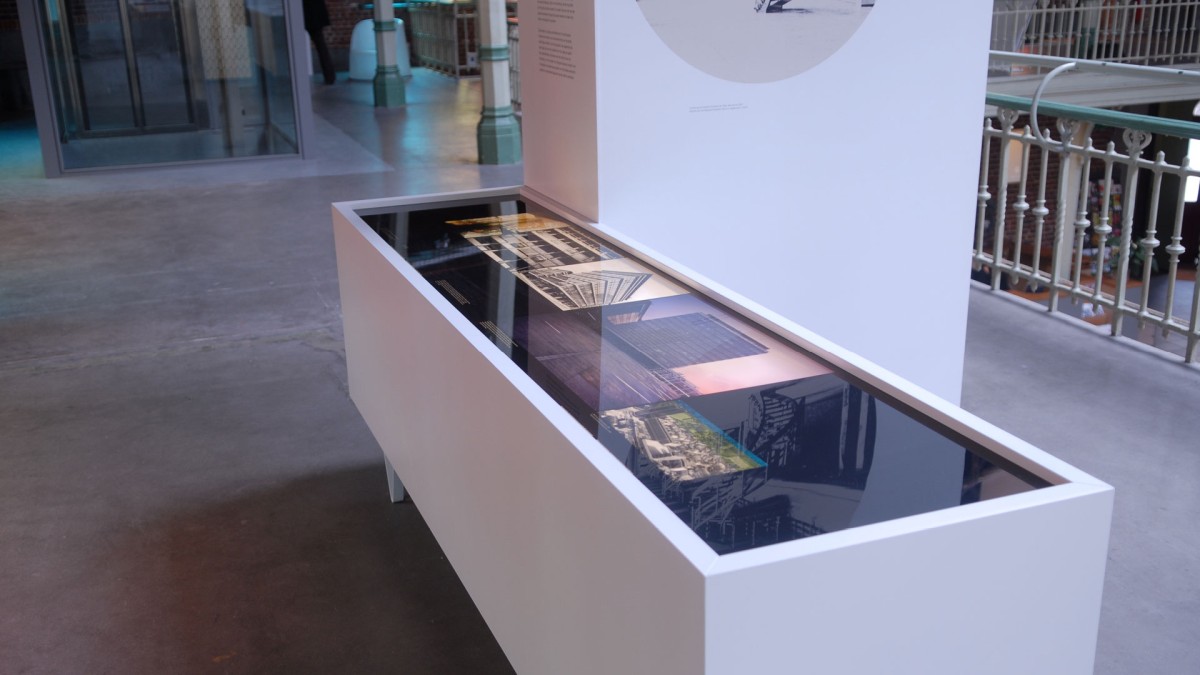
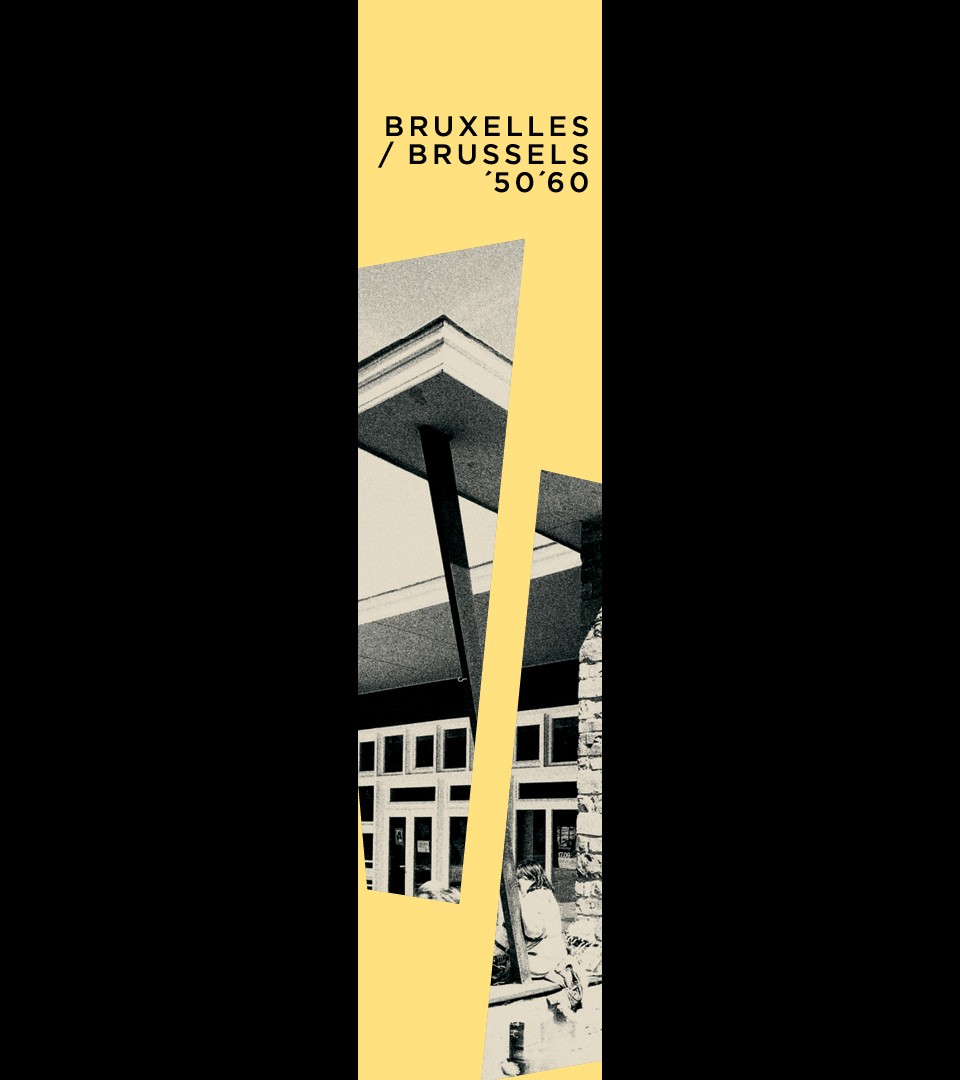
Graphic Design
Our team of multi-disciplinary designers worked also on the definition of the graphic style of the exhibition, matching the color palette, typographic & illustrative elements.
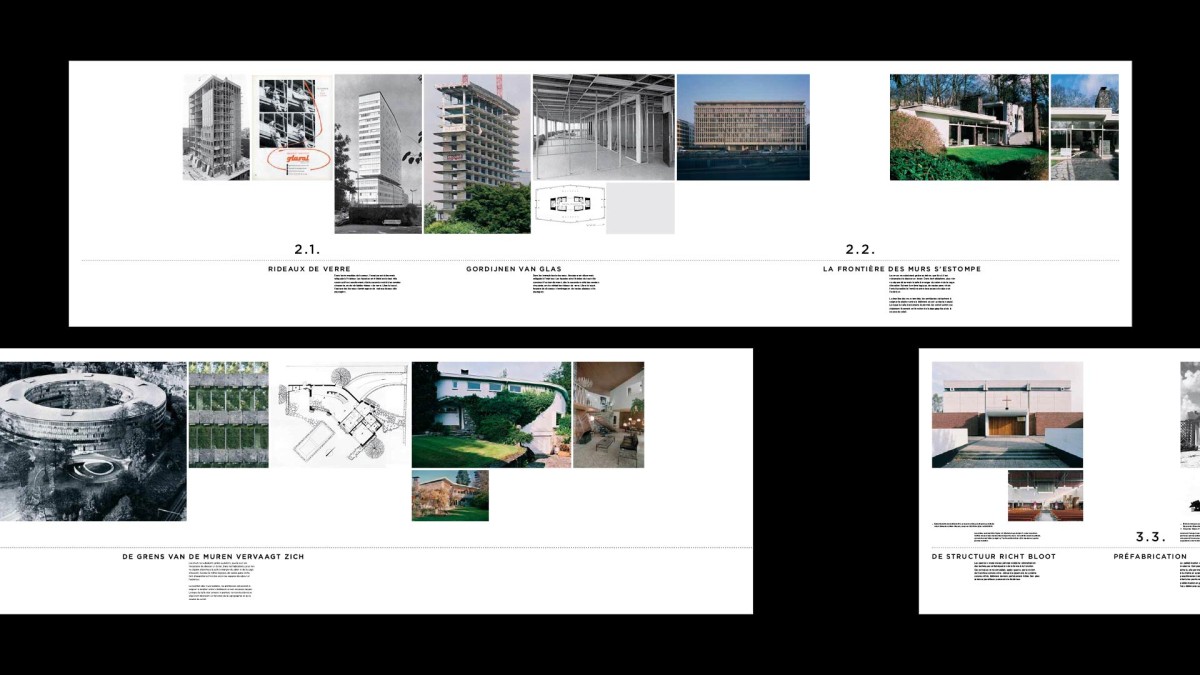
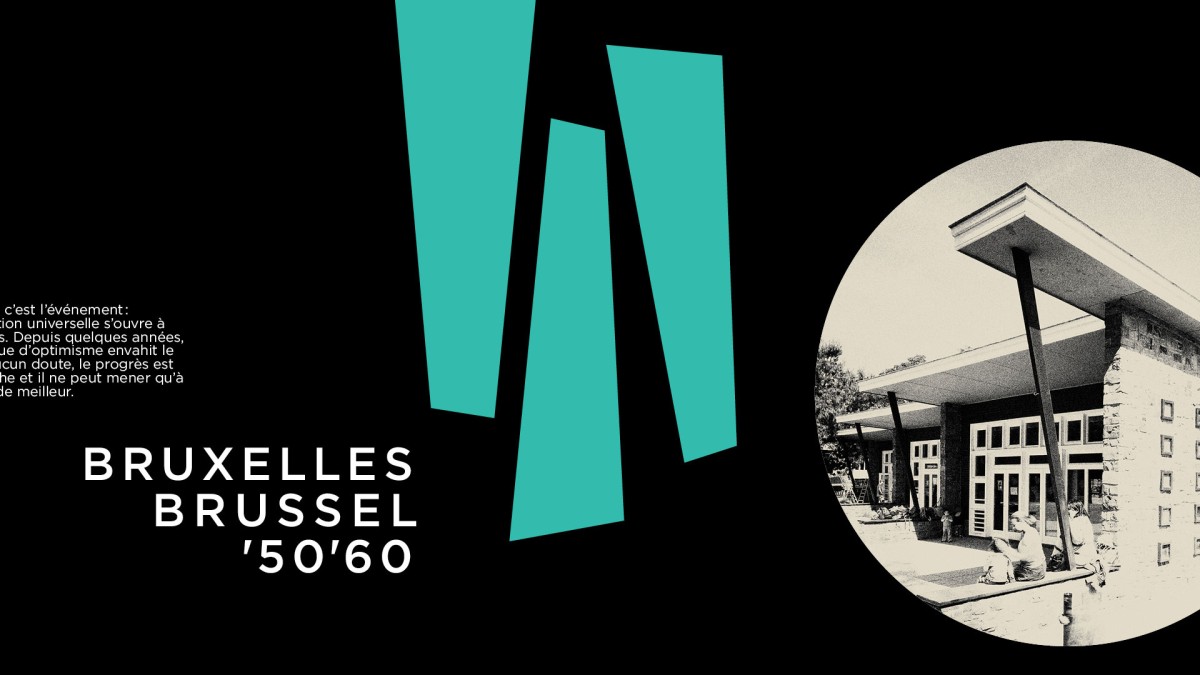
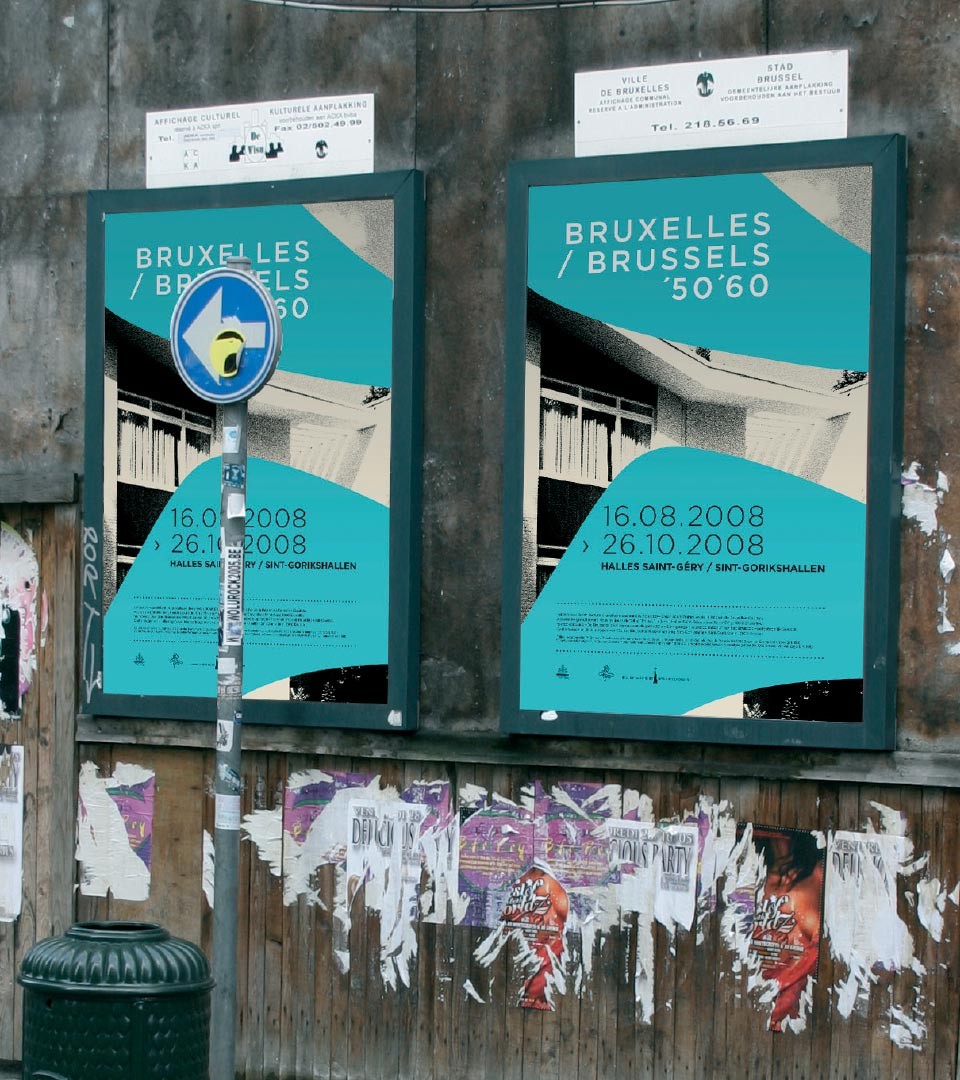
Communication
Posters, leaflets, invitations and a dedicated website was also build around the exhibition.
